-
 Bitcoin
Bitcoin $118900
-2.33% -
 Ethereum
Ethereum $4288
-0.13% -
 XRP
XRP $3.151
-3.21% -
 Tether USDt
Tether USDt $1.000
0.02% -
 BNB
BNB $809.5
-1.17% -
 Solana
Solana $175.7
-4.75% -
 USDC
USDC $0.0000
0.01% -
 Dogecoin
Dogecoin $0.2246
-5.75% -
 TRON
TRON $0.3473
2.19% -
 Cardano
Cardano $0.7809
-5.18% -
 Chainlink
Chainlink $21.38
-3.48% -
 Hyperliquid
Hyperliquid $43.29
-5.53% -
 Stellar
Stellar $0.4375
-3.21% -
 Sui
Sui $3.685
-6.68% -
 Bitcoin Cash
Bitcoin Cash $595.2
3.50% -
 Hedera
Hedera $0.2483
-6.60% -
 Ethena USDe
Ethena USDe $1.001
-0.01% -
 Avalanche
Avalanche $23.03
-5.28% -
 Litecoin
Litecoin $119.5
-5.02% -
 Toncoin
Toncoin $3.395
-0.07% -
 UNUS SED LEO
UNUS SED LEO $9.007
-1.19% -
 Shiba Inu
Shiba Inu $0.00001304
-5.44% -
 Uniswap
Uniswap $11.35
1.57% -
 Polkadot
Polkadot $3.898
-5.43% -
 Cronos
Cronos $0.1671
-0.16% -
 Ethena
Ethena $0.8121
-2.45% -
 Dai
Dai $1.000
0.02% -
 Bitget Token
Bitget Token $4.412
-1.73% -
 Monero
Monero $264.0
-0.64% -
 Pepe
Pepe $0.00001128
-8.12%
What is Seigniorage Shares?
Seigniorage shares, a portion of newly minted cryptocurrency distributed to holders, incentivize long-term investment, unlike staking or mining rewards. Understanding a project's distribution model is crucial before investing due to potential inflation risks.
Mar 12, 2025 at 11:20 am
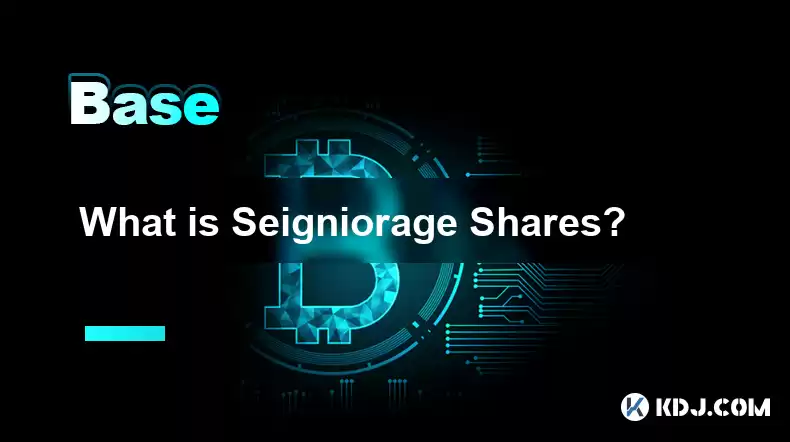
Key Points:
- Seigniorage shares represent a portion of newly minted cryptocurrency allocated to holders of a specific token.
- This mechanism aims to incentivize early adopters and reward long-term holders.
- Seigniorage shares are distinct from staking and mining rewards.
- The distribution model varies across different projects, impacting token value and overall ecosystem health.
- Understanding the specifics of a project's seigniorage share model is crucial before investment.
What is Seigniorage Shares?
Seigniorage shares, in the context of cryptocurrencies, refer to a portion of newly created tokens that are distributed to existing token holders. This distribution is often proportional to the number of tokens each holder possesses. The concept mirrors the economic principle of seigniorage, where a government profits from the difference between the face value and production cost of currency. In the crypto world, this "profit" is distributed to token holders instead of a central authority. It acts as an incentive mechanism, rewarding early adopters and encouraging long-term holding.
How Does Seigniorage Shares Work?
The implementation of seigniorage shares varies significantly across different cryptocurrency projects. However, the core principle remains consistent: a predefined percentage of newly minted tokens is allocated to existing holders. This allocation often occurs at regular intervals, perhaps daily or weekly, automatically credited to holders' wallets. The specific percentage, frequency, and overall duration of the seigniorage share distribution are all defined within the project's whitepaper or smart contract.
Seigniorage Shares vs. Staking Rewards
It's important to differentiate seigniorage shares from staking rewards. While both offer rewards to token holders, their mechanisms differ. Staking rewards incentivize users to lock up their tokens to secure the network and validate transactions. Seigniorage shares, conversely, are distributed simply by holding the tokens, irrespective of any active participation in network security. This passive income stream is a key attraction for many investors.
Seigniorage Shares vs. Mining Rewards
Seigniorage shares also differ from mining rewards. Mining rewards compensate miners for the computational power they contribute to securing proof-of-work blockchains. Seigniorage shares, on the other hand, are independent of the consensus mechanism and are distributed regardless of whether the token utilizes proof-of-work, proof-of-stake, or another mechanism. The distribution is purely based on token ownership.
Risks Associated with Seigniorage Shares
Investing in cryptocurrencies with seigniorage share mechanisms involves inherent risks. The value of the token is heavily influenced by the rate of inflation resulting from the continuous creation of new tokens. Excessive inflation can dilute the value of existing tokens, negatively impacting the investment. The sustainability of the seigniorage share distribution model also needs careful consideration. Projects with unsustainable models may face challenges in maintaining token value over the long term.
How to Participate in Seigniorage Shares Programs
Participating in a seigniorage share program generally involves acquiring and holding the relevant cryptocurrency. The process is relatively straightforward:
- Research: Thoroughly research projects offering seigniorage shares, focusing on their tokenomics, team, and overall project viability.
- Acquire Tokens: Purchase the desired tokens through a cryptocurrency exchange or other reputable platform.
- Hold Tokens: Simply hold the tokens in a compatible wallet. The seigniorage shares will typically be automatically credited to your wallet at pre-defined intervals.
- Monitor: Regularly monitor your wallet balance to ensure that the seigniorage shares are being credited correctly.
Different Models of Seigniorage Share Distribution
Various models govern the distribution of seigniorage shares. Some projects may distribute a fixed percentage of newly minted tokens, while others may use a declining percentage over time. Some projects might also introduce mechanisms to adjust the distribution based on factors like network activity or market conditions. Understanding the specific model used by a project is crucial for evaluating its long-term sustainability and potential returns.
Impact of Seigniorage Shares on Token Value
The impact of seigniorage shares on token value is complex and depends on various factors, including the rate of inflation, market demand, and overall project adoption. While seigniorage shares can provide a passive income stream, excessive inflation can negatively affect token value. A balanced approach to token issuance is critical for maintaining a healthy ecosystem.
Tax Implications of Seigniorage Shares
The tax implications of receiving seigniorage shares vary depending on your jurisdiction. It's crucial to consult with a tax professional to understand the relevant tax laws and regulations in your country. Generally, the receipt of seigniorage shares may be considered taxable income, requiring you to report it accordingly.
Frequently Asked Questions:
Q: Are seigniorage shares guaranteed?
A: No, seigniorage shares are not guaranteed. The distribution depends entirely on the continued operation and success of the cryptocurrency project. Changes to the project's tokenomics or unforeseen events could affect the distribution.
Q: How are seigniorage shares taxed?
A: The tax implications of seigniorage shares vary significantly by jurisdiction. Consult a tax professional to determine how they are treated in your specific location. They are often considered taxable income.
Q: What are the risks of investing in projects with seigniorage shares?
A: Risks include high inflation diluting token value, project failure impacting share distribution, and the potential for rug pulls or scams. Thorough due diligence is crucial.
Q: How do I find projects with seigniorage shares?
A: Research cryptocurrency projects and review their whitepapers and tokenomics. Look for mentions of "seigniorage shares," "inflationary models," or similar terms.
Q: Is it better to stake or hold for seigniorage shares?
A: This depends on the specific project. Some projects may offer both staking and seigniorage shares, while others may only offer one or the other. The best strategy depends on your risk tolerance and investment goals.
Disclaimer:info@kdj.com
The information provided is not trading advice. kdj.com does not assume any responsibility for any investments made based on the information provided in this article. Cryptocurrencies are highly volatile and it is highly recommended that you invest with caution after thorough research!
If you believe that the content used on this website infringes your copyright, please contact us immediately (info@kdj.com) and we will delete it promptly.
- Dogecoin, Presale, Surge: Riding the Meme Coin Wave
- 2025-08-12 11:10:12
- Dogecoin, Tron, and the ROI Reality Check: What's a Crypto Investor to Do?
- 2025-08-12 11:15:12
- Ethereum Layer-2 Scaling Competition Heats Up as ETH Breaks $4K
- 2025-08-12 10:30:12
- China Regulation, Stablecoins, and BNB Presale: Navigating the Crypto Landscape
- 2025-08-12 11:30:12
- Meme Coins, Investment, and Token Burns: What's Hot in 2025?
- 2025-08-12 10:30:12
- BlockDAG, Chainlink, Hedera: The Cryptos Enterprises are Eyeing
- 2025-08-12 09:30:12
Related knowledge
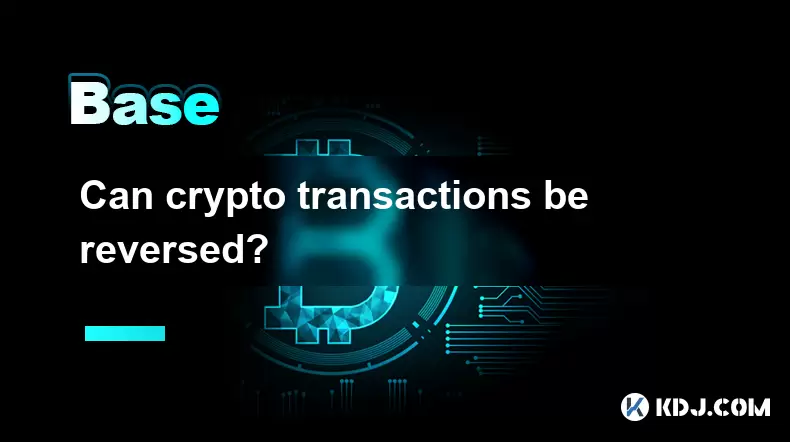
Can crypto transactions be reversed?
Aug 10,2025 at 01:35am
Understanding the Immutability of Blockchain TransactionsCryptocurrency transactions are built on blockchain technology, which is designed to be immut...
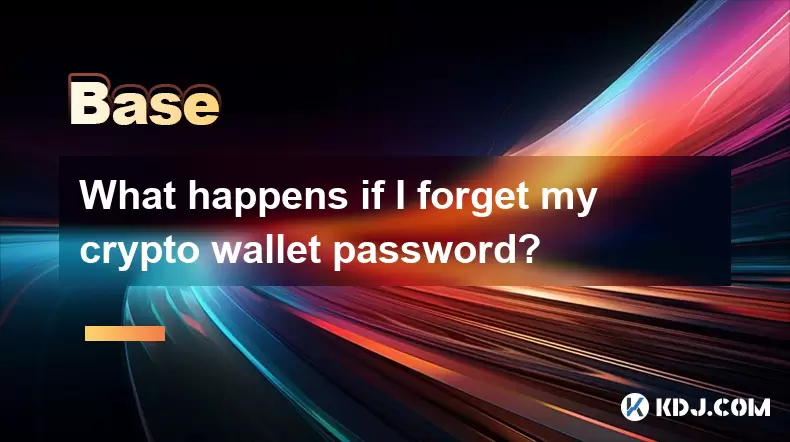
What happens if I forget my crypto wallet password?
Aug 09,2025 at 08:50am
Understanding the Role of a Crypto Wallet PasswordA crypto wallet password serves as a critical security layer that protects access to your digital as...
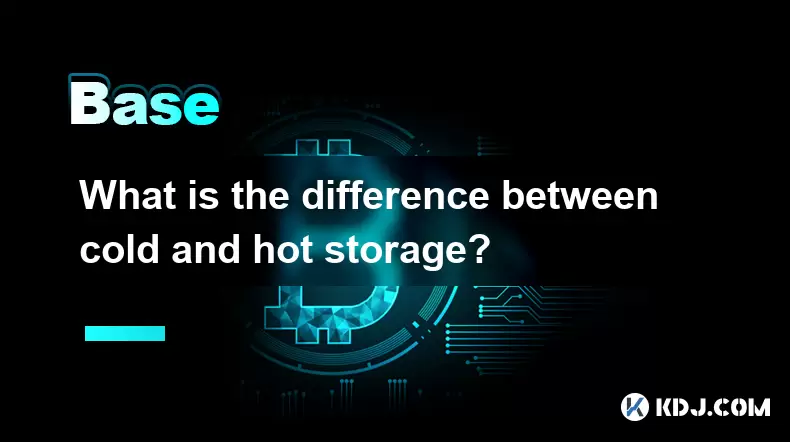
What is the difference between cold and hot storage?
Aug 12,2025 at 01:01am
Understanding Cold Storage in CryptocurrencyCold storage refers to offline methods of storing cryptocurrency private keys, ensuring they are not expos...
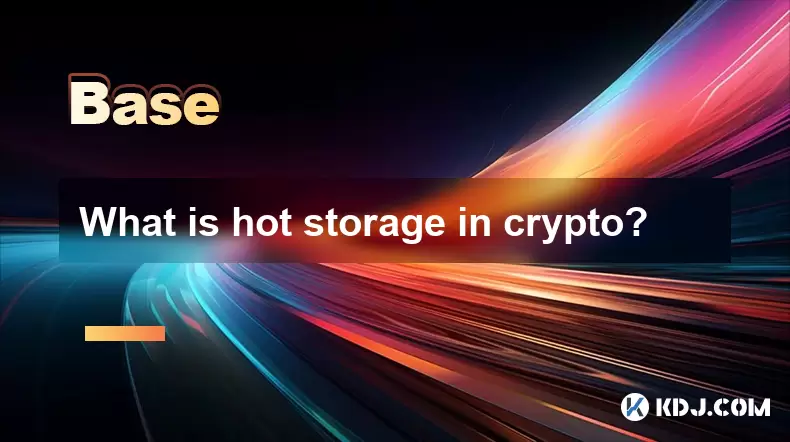
What is hot storage in crypto?
Aug 11,2025 at 07:08am
Understanding Hot Storage in CryptocurrencyHot storage refers to cryptocurrency wallets that are connected to the internet. Unlike cold storage soluti...
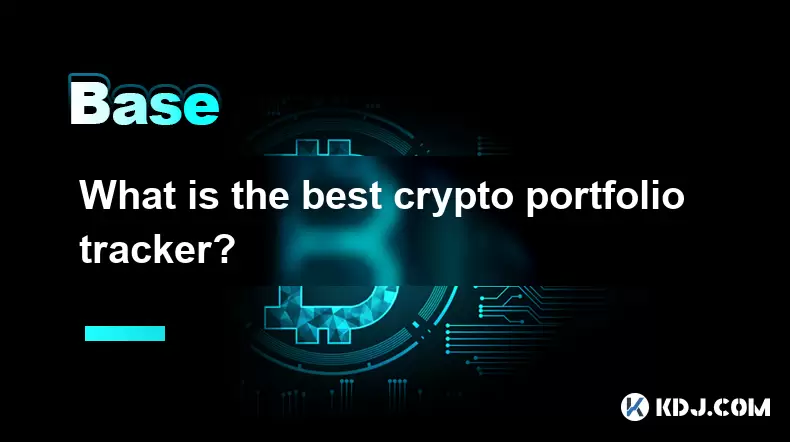
What is the best crypto portfolio tracker?
Aug 10,2025 at 05:08am
Understanding the Role of a Crypto Portfolio TrackerA crypto portfolio tracker is a digital tool designed to help investors monitor the performance of...

Why is my crypto transaction taking so long?
Aug 11,2025 at 11:35am
Understanding Blockchain Network CongestionWhen a crypto transaction is delayed, one of the most common causes is network congestion on the blockchain...

Can crypto transactions be reversed?
Aug 10,2025 at 01:35am
Understanding the Immutability of Blockchain TransactionsCryptocurrency transactions are built on blockchain technology, which is designed to be immut...

What happens if I forget my crypto wallet password?
Aug 09,2025 at 08:50am
Understanding the Role of a Crypto Wallet PasswordA crypto wallet password serves as a critical security layer that protects access to your digital as...

What is the difference between cold and hot storage?
Aug 12,2025 at 01:01am
Understanding Cold Storage in CryptocurrencyCold storage refers to offline methods of storing cryptocurrency private keys, ensuring they are not expos...

What is hot storage in crypto?
Aug 11,2025 at 07:08am
Understanding Hot Storage in CryptocurrencyHot storage refers to cryptocurrency wallets that are connected to the internet. Unlike cold storage soluti...

What is the best crypto portfolio tracker?
Aug 10,2025 at 05:08am
Understanding the Role of a Crypto Portfolio TrackerA crypto portfolio tracker is a digital tool designed to help investors monitor the performance of...

Why is my crypto transaction taking so long?
Aug 11,2025 at 11:35am
Understanding Blockchain Network CongestionWhen a crypto transaction is delayed, one of the most common causes is network congestion on the blockchain...
See all articles

























































































